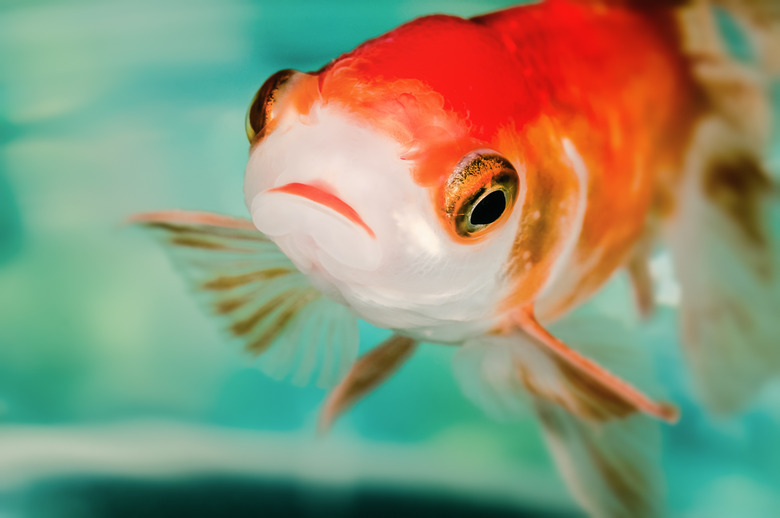Flushed Goldfish Are Taking Over The Great Lakes – Yes, Really!
On June 14, watershed restoration nonprofit group Buffalo Niagara Waterkeeper posted a photo on Facebook of employee Marcus Rosten holding a 14-inch goldfish, found in the Niagara River.
As it turns out, goldfish can survive year-round in the watershed – and it's becoming a problem.
An Ecosystem Impact
An Ecosystem Impact
According to the Buffalo Niagara Waterkeeper's (BNW) post, goldfish found in the watershed have usually been flushed down the toilet (without dying, somehow) or illegally released into the water.
"This is why you should never flush your fish!" the organization wrote in its Facebook post. "Goldfish can survive year-round in our watershed and can destroy the habitat of native fish."
According to the post, scientists estimate that tens of millions of goldfish live in the Great Lakes, causing potential negative impacts to the native ecosystems there. They also reproduce very quickly, according to reporting from Live Science.
"If you cannot keep your pet, please return it to the store instead of flushing or releasing it," the post continued.
A Growing Goldfish
A Growing Goldfish
The goldfish featured in the BNW's Facebook public service announcement wasn't the only massive goldfish found recently in natural environments.
In fact, goldfish live in all types of natural aquatic environments – and the New York State Department of Environmental Conservation (DEC) reported that they exist in waterways across the state as "the result of illegally released pets or escapees from bait buckets." More than 12 additional states had noted goldfish in streams and rivers by the end of the 19th century, as well, according to the U.S. Geological Survey.
In 2013, a massive goldfish was found in Lake Tahoe in California. This fish weighed more than 4 pounds and measured nearly 2 feet long. That's because goldfish in the wild grow to much larger sizes than those in captivity.
While goldfish usually grow to 1 to 2 inches in aquariums or fish tanks, and even the large ones in captivity tap out at around 6 inches. In the wild, however, they can grow multiple times that size, as reported by Live Science.
How They Affect the Ecosystem
How They Affect the Ecosystem
Goldfish are an invasive species in the wild, where they compete with native species of fish. Large numbers of invasive species can upset the natural biodiversity of fragile freshwater ecosystems, according to a BNW representative's email to Live Science.
"Aquatic invasive species that don't naturally belong in the Great Lakes, like this goldfish, are a constant threat to the health of native wildlife populations and their habitats," the representative said in their email.
Cite This Article
MLA
Swanston, Brenna. "Flushed Goldfish Are Taking Over The Great Lakes – Yes, Really!" sciencing.com, https://www.sciencing.com/flushed-goldfish-are-taking-over-the-great-lakes-yes-really-13719454/. 26 June 2019.
APA
Swanston, Brenna. (2019, June 26). Flushed Goldfish Are Taking Over The Great Lakes – Yes, Really!. sciencing.com. Retrieved from https://www.sciencing.com/flushed-goldfish-are-taking-over-the-great-lakes-yes-really-13719454/
Chicago
Swanston, Brenna. Flushed Goldfish Are Taking Over The Great Lakes – Yes, Really! last modified March 24, 2022. https://www.sciencing.com/flushed-goldfish-are-taking-over-the-great-lakes-yes-really-13719454/
